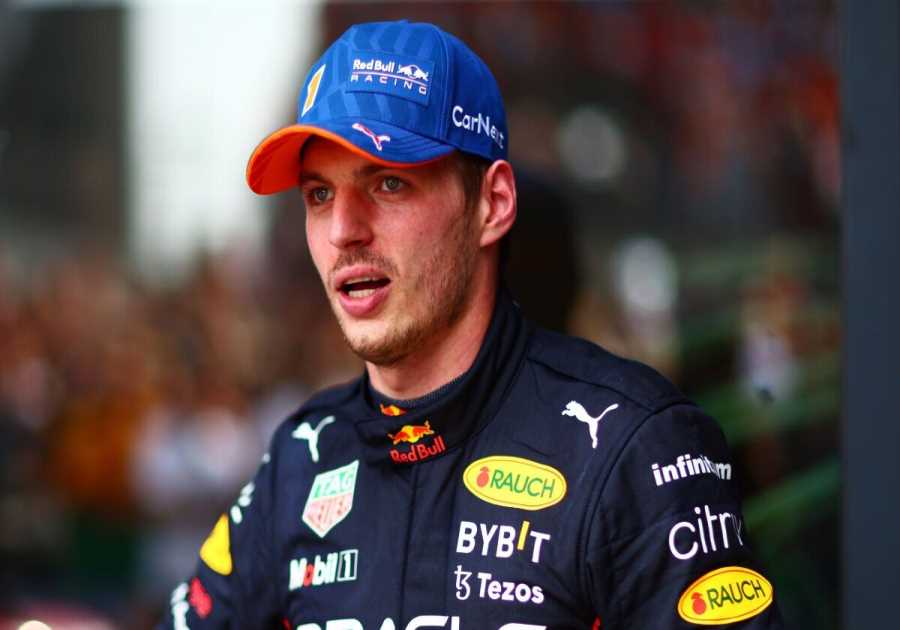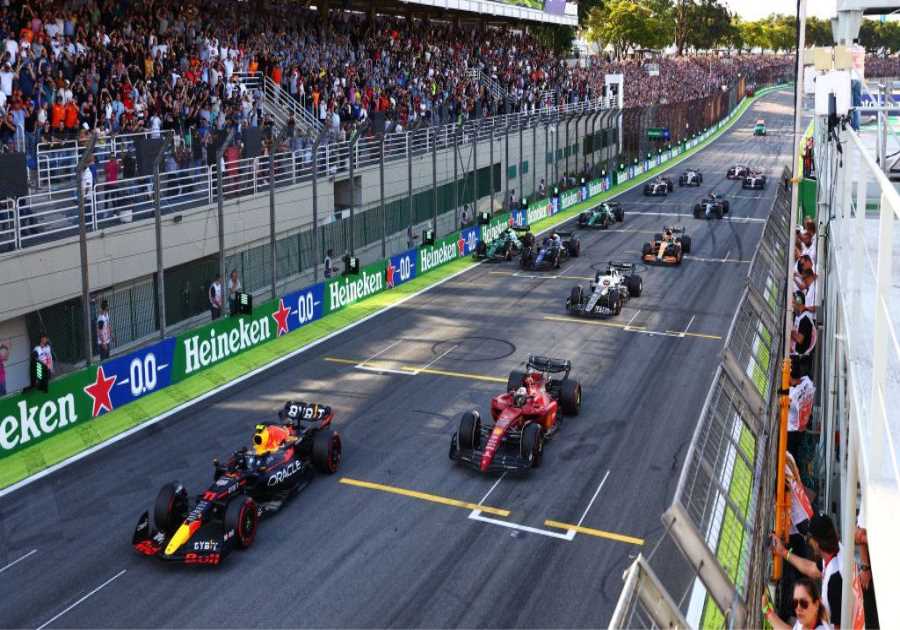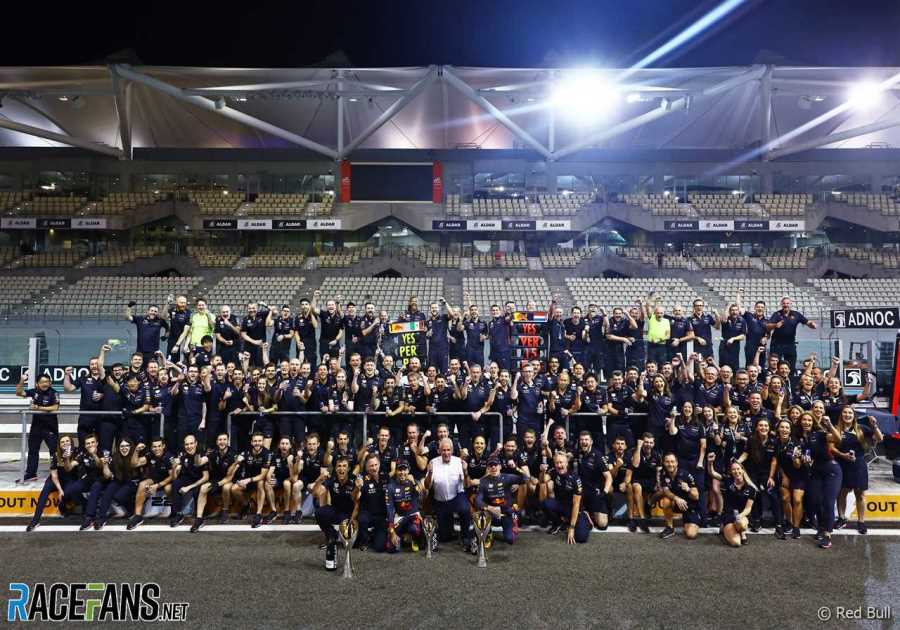
F1 teams debuted new single-seaters this year, based on completely revised regulations. Despite the budget ceiling, which limits the expenses of each structure, the teams have worked enormously on their car, in order to bring more or less significant changes.
Today we discuss the changes made to the Ferrari F1-75 between the Bahrain Grand Prix and the Hungarian Grand Prix, the first and 13th rounds respectively of the 2022 Formula 1 season.
The main evolution of the single seater
Despite its status as the lead car, the Ferrari F1-75 is one of the single-seaters that has evolved the least visually. The Scuderia started the season with a double and the Italian did not change in the first races, except for a specific wing in Miami.
But it is at the level of the floor that Ferrari made the biggest changes, during a main evolution brought to Barcelona, with a notch on its rear part, and revised floor edges.
This novelty was accompanied by other changes, such as new vertical fins on the front of the floor, making it possible to optimize the flow of air and the support generated by the lower part of the single-seater. But like everything else this season, the new pieces were visually subtle.
Less significant changes
In Spain, the diffuser has also changed to better accommodate the airflow of the single-seater, directed from the lower part of the sidepods, and from the channels under the floor. Ferrari has also worked on the development of this part with parsimony.
In Australia, the Scuderia brought an adaptable carbon cover piece that fitted over the diffuser, to simulate what a complete piece would provide, which was then produced for the revised package in Spain.
At Silverstone, a second evolution brought by Ferrari improved the management of the hybrid system and certain electronic systems. But the aero and the chassis have not evolved drastically.
What are the results for these developments?
Despite this apparent caution in terms of evolutions, Ferrari made progress each time the F1-75 received new parts. In Spain, we notably reviewed the red single-seaters at the level of the Red Bulls in the race, which was no longer the case during the previous Grands Prix.
When it comes to pure performance, over one lap, the F1-75 almost always has the edge over the Red Bull RB18. On the other hand, progress was noticeable after Spain and after Great Britain, which put the Scuderia back in contention for victories.
The problem was later operational, especially at the level of strategy, and reliability also cost Ferrari dearly. But whatever Mattia Binotto said in Hungary, the performance of the car is not in question.
We must even salute the ability of the Italian team to improve performance on an already very solid base. The colossal work on the correlation has borne fruit, since the novelties have always arrived with a visible benefit.
Did you miss our previous article...
https://formulaone.news/ferrari/piquet-lauda-gurney-and-more






